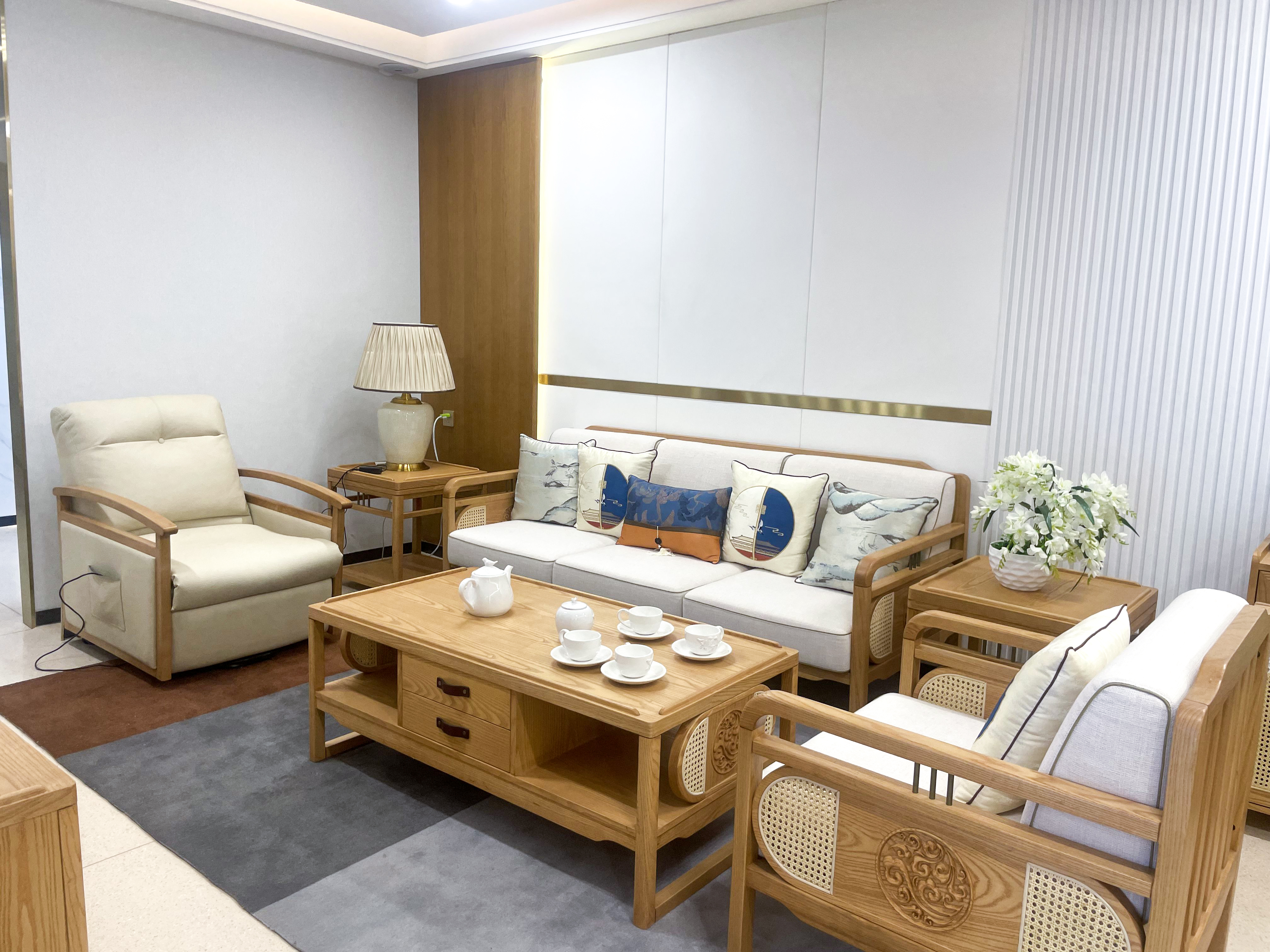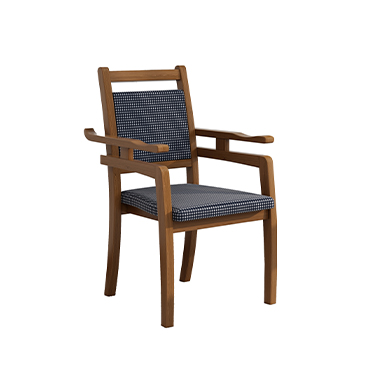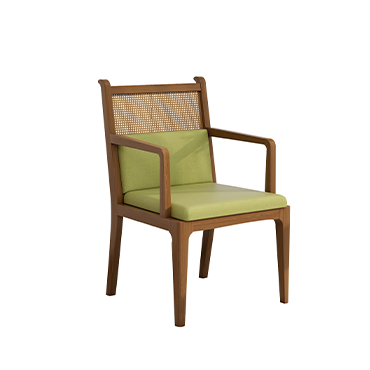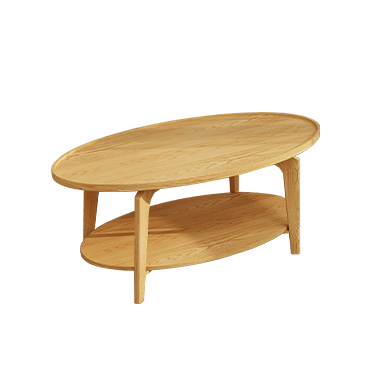Development Trends of Elderly Care Furniture in Sweden
As a leading Nordic country, Sweden’s elderly care furniture follows the principles of simplicity, functionality, and sustainability. Driven by an aging population, government elderly care policies, and high living standards, Sweden's elderly care furniture market has developed unique trends. Below are the key features and trends in Swedish elderly care furniture:
1.Scandinavian Style: Minimalist and Practical
Swedish elderly care furniture continues the Scandinavian design philosophy, emphasizing aesthetics and practicality. For example:
Simple lines and warm tones create a comfortable and welcoming environment while avoiding complex decorations that might affect usability.
Lightweight materials such as solid wood, eco-friendly plastics, and aluminum alloys make furniture easier to move and adjust.
Rounded corners reduce the risk of injuries from accidental bumps, enhancing safety.
2.High Modularity for Flexible Adaptation
Swedish elderly care furniture is designed with modularity, allowing users to adjust furniture according to their needs. Examples include:
Height-adjustable tables and chairs to accommodate seniors with different mobility levels.
Interchangeable seat cushions and backrests, ensuring comfort and extending the furniture's lifespan.
Modular storage units, enabling seniors to increase or decrease storage capacity as needed.
3.Eco-Friendly and Sustainable Design
As a global leader in sustainability, Sweden ensures that elderly care furniture meets strict environmental standards, such as:
FSC-certified wood, ensuring responsible forest management and sustainability.
Non-toxic water-based coatings, reducing harmful chemical emissions and protecting senior health.
Detachable and recyclable designs, supporting Sweden’s circular economy goals.
4.Integration with Smart Technology
Sweden’s elderly care furniture market embraces smart home technology to enhance convenience and safety, including:
Smart-adjusting chairs that automatically adapt to a senior’s sitting posture for better support.
Emergency call systems integrated into beds, allowing seniors to alert family members or caregivers in case of emergencies.
Motion-sensing lighting, which automatically turns on when seniors get up at night, preventing falls.
5.Designed for Both Home and Institutional Elderly Care
Swedish elderly care furniture is suitable for both home use and nursing homes:
Home care furniture focuses on comfort and aesthetics, such as ergonomic recliners and adjustable dining chairs.
Nursing home furniture prioritizes durability and caregiving convenience, such as mobile hospital beds and easy-to-clean antimicrobial chairs.
Conclusion
Sweden's elderly care furniture market is built on minimalist design, modular functionality, eco-friendly materials, and smart technology. These trends not only meet the daily needs of seniors but also align with the Nordic commitment to high-quality living. As the global elderly care market expands, Sweden’s approach offers valuable insights for the future of elderly furniture worldwide.





